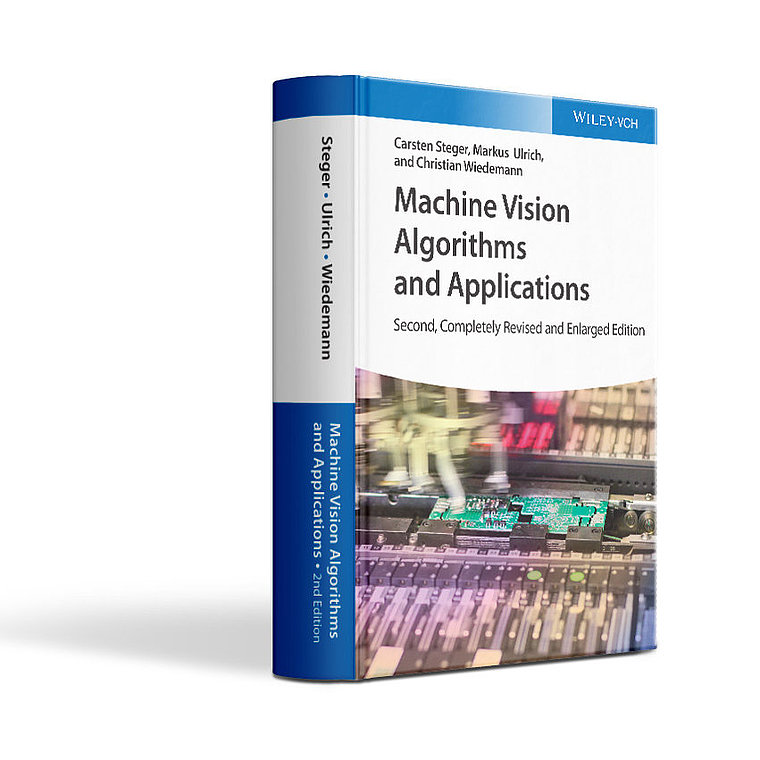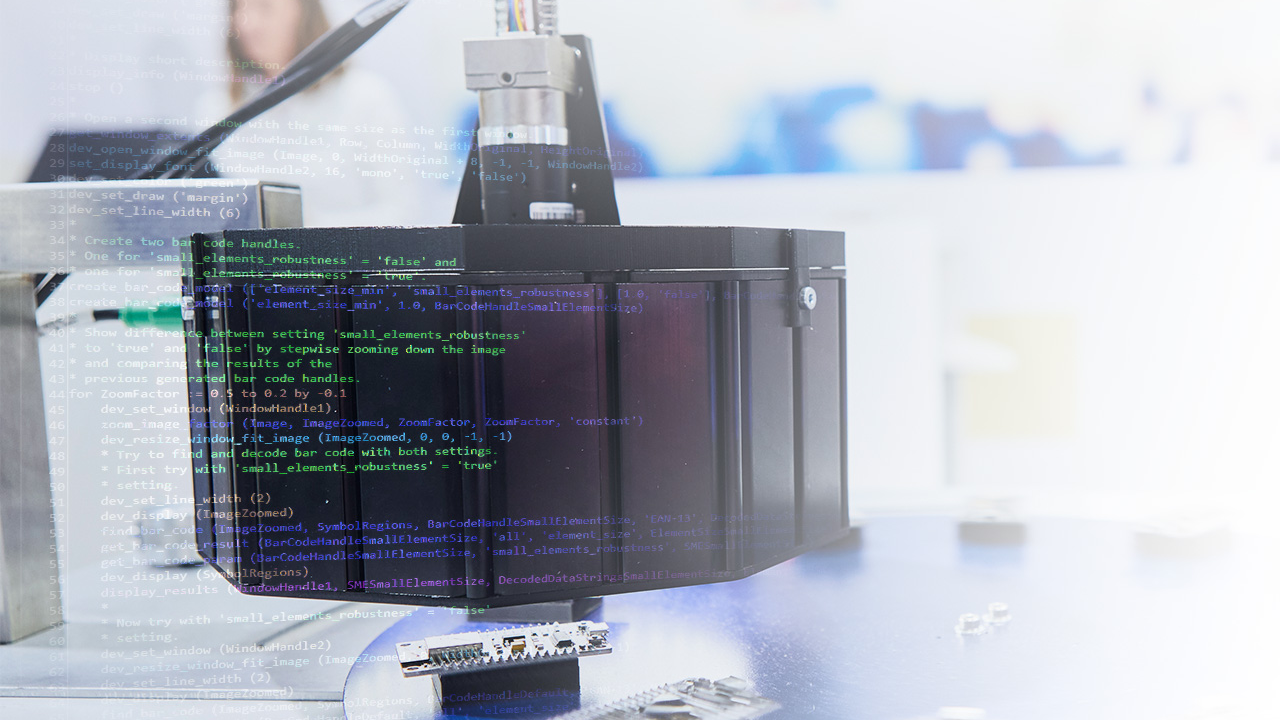
Research & scientific involvement

The research department at MVTec creates tomorrow's technologies today. The large research team, which encompasses almost one tenth of the MVTec staff, is dedicated to provide the customers with the latest technologies and research results. The interdisciplinary team tackles the most challenging questions and innovations, using proven research methods and cutting-edge technologies.
The developed technologies directly benefit our products and customers. Through extensive collaborations with the research community, as well as through own research, MVTec explores advanced and innovative methods for machine vision and computer vision. Additionally, MVTec members of staff regularly publish scientific papers and hold several teaching positions at German universities. Furthermore, MVTec sponsors conferences and awards and is actively involved in academic committees.
Promising new methods and algorithms are also explored through MVTec's long standing Ph.D. program, which has successfully supported several young researchers.

Download the MVTec magazine
In our magazine you will find important information about the machine vision industry and our company.
Meet MVTec on Campus and learn from the best
From the very beginning, MVTec has been strongly committed to the academic environment, because promoting young talent has always been an important concern for the company. More than ever, universities and colleges are facing global challenges. The demand for special qualifications is increasing and students are expecting a smooth and high quality teaching experience. With MVTec on Campus, MVTec supports universities in meeting these requirements by providing its state-of-the-art software HALCON for teaching and researching purposes.

Your key to MVTec's machine vision expertise!
The second edition of this successful machine vision textbook has been completely updated, revised, and expanded by 35% to reflect the developments of recent years in the fields of image acquisition, machine vision algorithms and applications.
The new content includes, but is not limited to, a discussion of new camera and image acquisition interfaces, 3D sensors and technologies, 3D reconstruction, 3D object recognition, and state-of-the-art classification algorithms. The authors retain their balanced approach with sufficient coverage of theory and a strong focus on applications.





